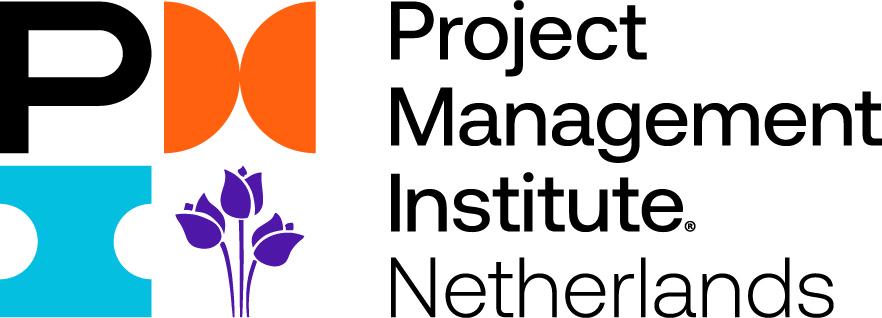July 12 2020 at 09:50AM
PMI Most Influential Projects | #1 World Wide Web
“Vague but exciting …”Three words neatly written on the upper right-hand corner of a page. The document was a 1989 project proposal for an information management system by a 33-year-old British computer scientist named Tim Berners-Lee. There were boxes and arrows, and dotted lines running between them. The idea was indeed “vague but exciting …” as Berners-Lee’s boss at CERN research lab in Europe noted. And it would eventually lead to the creation of the World Wide Web—a project that changed life as we knew it.
And that’s no hyperbole.
The project single-handedly revolutionized how we live, work, think and play. It democratized information (for better or worse). It unleashed unprecedented economic opportunities and reshaped entire business sectors. It rewired our brains—altering memory, attention spans and sleep cycles. It formed real global communities. Oh, and don’t forget pop culture. It took entertainment to a whole new level, bringing on a 24/7 wave of quasi-celebrities, a new internet lexicon and a whole lot of cat videos.
The Twinkle Effect
Berners-Lee believed he could create a new way to share information. The internet already existed, but it was an arcane and forbidding place for everyday people. By merging the idea of hypertext with other protocols and systems that underpinned the early internet, Berners-Lee and his team developed a decentralized system to link independent web pages. In the end, it would enable even the uninitiated to plug in and connect.
After two years of intense development, Berners-Lee unfurled a virtual library of web pages and the first website, as well as the programming roadmaps for HTML, HTTP and URLs. In 1993, he and his team made the World Wide Web public, and other programmers and developers began the monumental buildout. Still, Berners-Lee needed to nurture collaboration for the nascent project to take off.
“How do you take the creative energy between these different companies trying to produce the best browser and get them to produce the best HTML so there is just one web, just one HTTP,” he said in a 2017 keynote address at PMI® Global Conference.
While his boss may have thought the plan was vague, he had the good sense to get out of Berners-Lee’s way (not bad advice for other project sponsors). “When you see a twinkle in somebody’s eyes,” Berners-Lee said, “that’s when it’s time to give them some space.”
World Wide WonderThree decades later, it’s hard to imagine life without the web. Yet not even Berners-Lee could have anticipated all of the amazing, alarming, absurd things the World Wide Web brought to life. A sampling:
- Cat Videos: Take your pick: Japan’s scene-stealing Maru, the aptly named Grumpy Cat, the acrobatic shelter stray, the 8-bit Pop Tart-clad Nyan Cat. They all proved to be internet catnip, racking up likes and shares.
- Hackers: It was only a matter of time before some people started using the web for nefarious purposes. Cybersecurity is now the ultimate 21st-century tech risk, with organizations planning to spend more than US$170 billion by 2022 to stop internet thieves, per Gartner.
- “Gangnam Style”: With more than 3.4 billion YouTube views, Psy’s 2012 music video became the first to surpass 1 billion views. Even with lyrics in Korean, people around the world were soon singing along—and mimicking the dance moves. Hey!
- Social Influencers: Forget what your friends, family and co-workers say you should do, wear or think. The web created a new arbiter of cool. Typically armed with a carefully curated Instagram feed, this cadre of trendsetters holds true sway. So much sway that they’re often paid by companies to use that influence on brands’ behalf.
- Online Dating: The first dating site (Kiss.com) launched in 1994, followed by Match.com in 1995. The latter created a love connection that’s now available in 24 countries—and inspired a whole series of copycats. Because modern romance can be complicated, there are now sites or apps targeting specific segments, from those looking for a casual fling to the marriage-minded.
- Trolling: The ability to leave comments online gave people the freedom (and audacity) to pick virtual fights, throwing flames at friends or complete strangers. A 2019 GoodFirms report found 85 percent of social media users have experienced some form of trolling.
- Justin Bieber: Three years after he started posting DIY music videos on YouTube, the Canadian pop star became a household name in 2009.
- Work Distractions: The always-on society is taking its toll on workplace effectiveness: 75 percent of Americans blame digital notifications for their procrastination and lack of focus at work, according to a 2018 survey by Branded Research.
- Arab Spring: The Middle East revolution was televised—and amplified by social media. Protesters used channels like Twitter to organize demonstrations and share photos and videos in real time. Governments responded by blocking internet access entirely in some cases. The whole world was watching. During the week before Egyptian President Hosni Mubarak resigned in 2011, tweets about political change skyrocketed 9,900 percent to 230,000 a day.
- The Sharing Economy: The web provided a new avenue for individual sellers to connect directly with consumers. This spawned a slew of low-cost services ranging from room rentals (Airbnb) to ride shares (Uber), disrupting entire sectors. According to PwC, five sectors of the sharing economy are expected to grow from $15 billion in 2014 to $335 billion in 2025.
- E-Healthcare: The web now provides a vital link to medical care and health information—and also unleashed a rash of hypochondria. In the U.K. alone, 1 in 4 people would rather self-diagnose online than visit a doctor, per a Push Doctor survey.
- Memes: They’re the internet’s inside jokes. Slap a simple picture or video with a short-but-sweet punchline and suddenly people have a whole new way to validate, mock or commiserate.
- Crowdfunding: It’s now easier than ever to make a difference. Viral social media challenges, personal donation websites and online business incubators have inspired millions to give to causes and ideas they support. By the end of 2025, crowdsourced funding will reach nearly US$28.8 billion globally, according to research firm Valuates.
Follow our News



